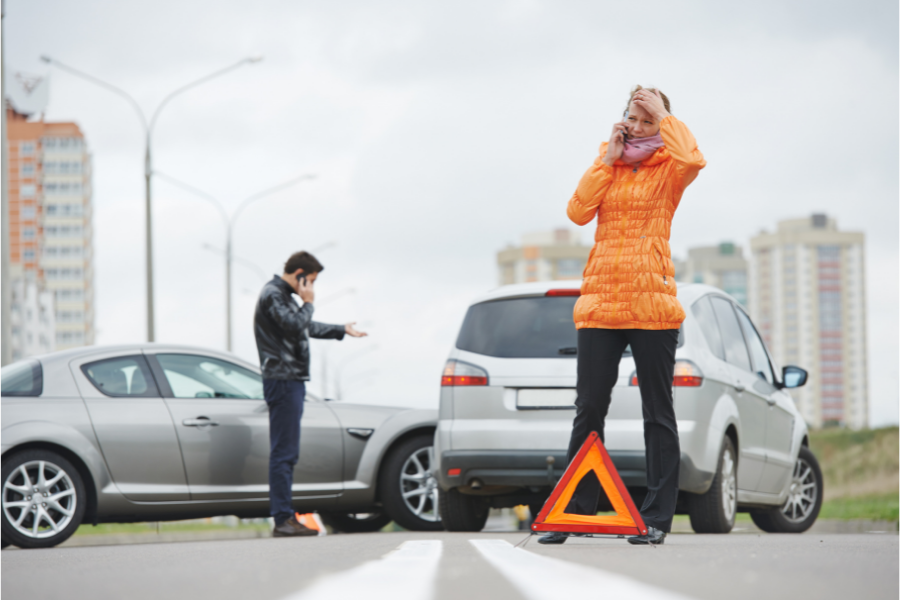02 Sep Is Having Auto Liability Insurance Enough for My Vehicle?

If you own a vehicle, you need auto insurance. Specifically, you need auto liability insurance.
Most states require you to have it, and you risk losing your license if you are caught driving a vehicle without this type of coverage.
Liability insurance protects you and others in the event of an automobile accident.
Most people don’t have thousands of dollars in emergency savings to cover the cost of damages they have done to someone else’s property or to pay for someone’s hospital bills.
That’s where auto liability insurance comes in.
Just like other forms of insurance, this type of insurance doesn’t mean it will cover absolutely everything.
Similar to how the health insurance someone selects only pays up to a certain amount, each individual selects an auto liability coverage limit.
But, depending on your coverage limit, the costs associated with the automobile accident may exceed them.
Which brings us to the question, “Is having auto liability insurance enough for my vehicle?”
The short answer is NO. Let’s look at the reasons why.
What Is Auto Liability Insurance?
Auto liability insurance provides coverage if you are found liable for someone else’s expenses, such as being named at fault for a vehicular accident or destroying personal property with your vehicle.
When this happens, you would be responsible for paying for these damages, repairs, or hospital bills.
But car crashes can be very expensive, and most drivers don’t have the money to pay out of pocket.
Hence the need for auto liability insurance.
The first thing to know is that there are two different types of liability insurance: property damage liability and bodily injury liability.
Property Damage Liability Coverage
This pays for costs associated with repairing or replacing another person’s property when you are legally responsible for a vehicle accident.
In addition to covering vehicular damage, property damage liability also covers damage to other property damaged by your vehicle, such as mailboxes, lampposts, or fences.
It is important to note that property damage liability only covers damage to the other vehicle and not your own.
Bodily Injury Liability Coverage
This helps pay for bodily injury expenses (like hospital bills and medical care) that you may be held responsible to pay if you cause an accident that injures another driver or another vehicle’s passengers.
Like property damage liability, bodily injury liability only covers medical expenses for the driver or passengers of the other vehicle and not your own.
State Requirements for Auto Liability Insurance
Unfortunately, automobile accidents are common and costly, which is why states require drivers to have auto liability insurance.
According to Value Penguin, “With the exception of Florida, every state requires bodily injury liability insurance (BI), while all 50 states plus Washington, D.C., require property damage liability (PD).”
Each state has its own minimum amount of liability coverage required to drive a vehicle.
For example, according to the South Carolina Department of Insurance, “South Carolina requires you to carry a minimum of $25,000 per person for bodily injury and $50,000 for all persons injured in one accident. […] The minimum limit in South Carolina is $25,000 for all property damage in one accident.”
This is typically written as 25/50/25.
The Insurance Information Institute explains, “The first two numbers refer to bodily injury liability limits and the third number to property damage liability. For example, 20/40/10 means coverage up to $40,000 for all persons injured in an accident, subject to a limit of $20,000 for one individual, and $10,000 coverage for property damage.”
You can see what your state minimum requirements are on the Insurance Information Institute’s Automobile Financial Responsibility Laws By State.
These are the minimums for auto liability insurance coverage, but some states require other forms of auto insurance, as well.
According to Value Penguin, “Roughly half of the states require a type of uninsured/underinsured motorist insurance (UIM). Lastly, only a handful of states require personal injury protection insurance (PIP) or a similar type of first-party benefit insurance.”
It is important to remember the keyword here is minimum.
There are many times when your state’s minimum will not be enough to cover the full costs associated with an automobile accident.
For example, what if you live in an area where there are several expensive cars on the road? Would the state minimum cover the costs of a totaled Lambo? Probably not.
What Happens If You Are Underinsured?
Let’s say you select an auto insurance policy that only includes your state’s minimum property damage liability and bodily injury liability coverage amounts.
What happens if you are at fault in an accident where a vehicle is totaled or people in the other vehicle receive serious injuries?
The state minimums likely will not be enough to cover all these costs, which means you are underinsured.
If you are underinsured, you will still be the one responsible for covering the remaining costs, out of pocket.
For instance, if you are deemed at fault in an accident where multiple passengers in the other vehicle had to go to the hospital, you will quickly surpass the state’s minimum limits for bodily injury liability.
If you can’t cover the gap between what your insurance pays and their hospital bills, you can be sued.
According to Policy Genius, “If you don’t have the money to pay for the damage and injuries you caused, the court may allow the other driver to recoup those costs through wage garnishment, which means the money you owe them would come directly out of your paycheck.”
What Does Auto Liability Insurance NOT Cover?
When you purchase auto liability insurance, it is crucial to remember that this insurance protects you in the event you are liable for the expenses of others.
In other words, this type of insurance does not cover your own vehicle or body. It covers the property or body of those you hit with your vehicle.
It does not pay for repairs to your vehicle or your personal visits to the emergency room.
Let’s say the situation is reversed and you are the one hit by an underinsured or uninsured driver. Your auto liability insurance will not kick in to cover your expenses.
Or, let’s say you ran your car into a tree. Since you were driving your own vehicle and did not harm anyone else, auto liability insurance will not cover you.
What Types of Auto Insurance Cover My Vehicle?
There are types of insurance available to protect you in the event you suffer from one of the scenarios listed above.
Insurance companies offer uninsured motorist coverage.
It protects you from paying for injuries from an accident that wasn’t your fault. In some states, it also covers damages to your vehicle.
Companies also offer underinsured motorist coverage. If the at-fault driver’s coverage isn’t enough to cover the amount for medical expenses in your claim, underinsured motorist coverage will cover the remaining amount up to your policy limit.
In addition, there is also collision damage coverage, which is used to pay for repairs to damages your vehicle sustained in a collision.
Unlike liability coverage where the costs are paid by the at-fault driver in a car crash for the other driver’s property, collision damage insurance only applies to the driver’s vehicle when the driver is at fault himself.
Collision damage also kicks in if you hit something (a tree, a hole in the road) where another vehicle is not involved.
Some people choose to add on other types of auto insurance coverage to make sure they are covered completely.
[Related Read: Types of Auto Insurance and What They Mean]
Make Sure You Don’t Overpay for Auto Liability Coverage
Considering the above facts, it is wise to raise your auto liability limits above the state minimums.
We know that auto insurance can seem expensive, which is why so many people only have the minimum amount required.
However, Value Penguin recently found, “Americans are overpaying for car insurance by almost $37 billion per year.”
Now that you know how much auto liability coverage you need, shop around! Don’t simply accept the first quote.
Ask about discounts or other ways to lower the costs.
The goal is to have the best insurance to meet your unique needs at the best cost.



Pingback:Types of Auto Insurance and What They Mean - Stop Being Sold
Posted at 21:46h, 11 October[…] addition to covering vehicular damage, property damage liability also covers damage to other property damaged by your vehicle, such as mailboxes, lampposts, or […]
Pingback:How Much Auto Insurance Do I Need? - Stop Being Sold
Posted at 23:07h, 10 November[…] [Related Read: Is Having Auto Liability Insurance Enough for My Vehicle?] […]